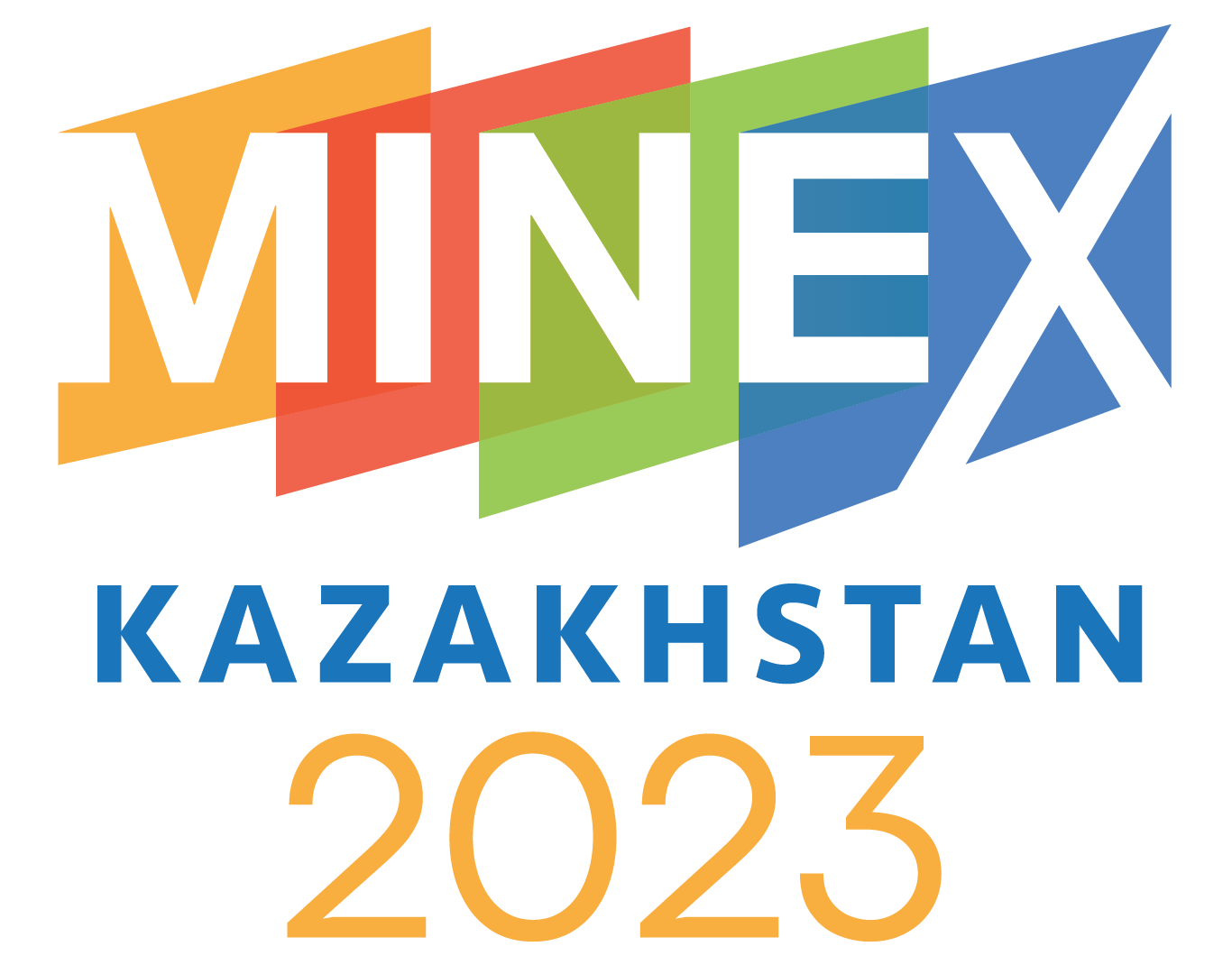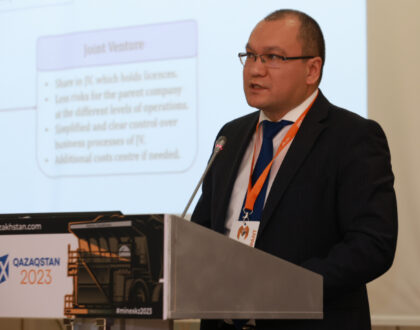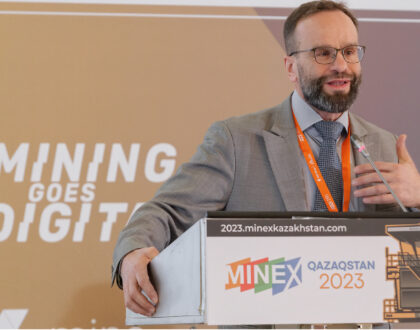The cost of gold mining at Polymetal at Bakyrchik has risen sharply

The cost of production by the gold mining company Polymetal at the Abay Bakyrchik deposit, developed as part of the Kyzyl project, increased significantly in 2022. This became known during a conference call of its management with investors on the financial results of last year, an inbusiness.kz correspondent reports.
Judging by the presentation presented during the online conference, in 2022, AISC (All-in Sustaining Costs – total cash costs for maintaining production) at the Kyzyl project increased by 33%, to $ 852 per ounce of gold mined compared to from $640 a year earlier. While at the Varvara hub in the Kostanay region, where mined gold flows from the local deposit and the Komarovsky mine, the same indicator did not rise much – only by 3% in annual terms, to $ 1,144 per ounce from the previous $ 1,110 per ounce. At the same time, Kyzyl remains the most profitable gold mining asset of Polymetal against the background of its other enterprises, and Varvara is inferior in terms of AISC only to it and the Russian Svetloye deposit. On average, the company’s total cash costs last year increased by 31% year-on-year to $1,344 per GE ounce, the company said in a press release.
Recall that last year Polymetal reported on the expected deterioration of the precious metal content at the Bakyrchik deposit. At the same time, at the Varvarinsky hub, its presence in Komarovskaya and third-party ore increased over the reporting period of 2022, follows from the presentation. In addition, the percentage of extraction increased at Varvara.
During the conference call, Polymetal’s management pointed out high inflation in Kazakhstan – 20% plus as one of the reasons for the increase in the cost of production at Kazakhstani fields. In 2023, the company’s total cash costs are expected to rise due to an increase in the country’s mineral extraction tax from 5% to 7.5%, a difference of approximately $50 per ounce.
The company’s press release also discloses cash costs for Kazakhstan.
“At Kyzyl, cash costs increased by 26% year-on-year to $602/GE oz, well below the group average. production (down 12% in 2022) and an 8% decrease in sales volumes. At Varvarinskoye, cash costs remained at US$920 per GE oz yoy due to the processing of a large volume of purchased high-grade ore in the flotation area, as well as growth in recoveries at the heap leach site on the back of process improvements. The weakening of the Kazakhstani tenge offset the impact of inflation,” the statement said.
Capital expenditures on Polymetal’s two major projects in Kazakhstan were $64 million in 2022.
“CAPEX at Varvarinskoye was $36 million and was used to build a second tailings facility and a pilot Rail-Veyor ore transportation system to move ore from the railroad to the crusher, which will reduce greenhouse gas emissions and transportation costs, as well as the acquisition of two electric excavators for the Komarovskoye field… At Kyzyl, capital expenditures in 2022 amounted to $28 million and mainly included the renewal of the mining equipment fleet, the implementation of process improvements, and the reconstruction and expansion of the tailing dam. . A scheme for recleaning the concentrate was launched, which made it possible to halve the loss of gold to tailings,” the release states.
By the way, the Canadian Rail-Veyor ore transportation system has also been actively tested by Kazzinc in recent years at the Dolinny mine near Ridder. How much it actually reduced, in monetary terms, the cost of transporting ore and greenhouse emissions from this mine has not yet been reported.
In 2022, Polymetal’s revenue was at $2.8 billion, with 33%, or $933 million, generated in Kazakhstan. Of these, $554 million was generated at Kyzyl, and $379 million at the Varvara hub. Last year’s revenue in Kazakhstan was 5% below that of 2021, when Polymetal managed to sell $984 million worth of local products. At the same time, the adjusted EBITDA (earnings before taxes, interest, depreciation and amortization) of the company in the country for 2022 came out to $539 million, which is 14% less than $630 million of the previous year. Basically, the decrease was due to a decrease in this indicator at Kyzyl – by 20%.
Responding to questions during a conference call, Maxim Nazimok, chief financial officer of the gold mining company, said that out of Polymetal’s total debt of approximately $3 billion, about $800 million comes from operations in Kazakhstan. By the way, earlier the media informed that by the end of this year the gold miner plans to free his Kazakh business from debt obligations.
As previously reported, in 2022, Polymetal produced 541,000 gold equivalent ounces, or 16.8 tons of gold, in the country, which is 32% of the group’s total annual production. This is 3% less than the 558 koz or 17.3 tons mined in 2021. Based on forecasts, the company will maintain annual production in the two countries of operation this year in the region of 1.7 million ounces. The conference call presentation clarified that 41% of Polymetal’s ore reserves are located in Kazakhstan.
According to the head of the gold mining company Vitaly Nesis, Polymetal is now in the process of obtaining two relatively large land plots for the site of a possible construction of an autoclave plant near Pavlodar, as previously reported by inbusiness.kz. One of them will be intended for the production itself, and the second will be needed for the tailings. Recall that the planned Irtysh hydrometallurgical plant is an analogue of the second stage of the Amur hydrometallurgical plant (AGMK) Polymetal.
“This is obviously quite a complex process to ensure that there are no conflicts with other regional, local stakeholders and full compliance with relevant environmental regulations. We expect that the process of actually obtaining valid long-term rights to lease the site will be completed in the third quarter of this year,” said the top -manager.
He added that Hatch’s contractor had taken on the basic engineering design for the likely mill. Now Polymetal is considering options for changing the process scheme, which will be different from that used at the second stage of the Amur Hydrometallurgical Plant, taking into account a different water balance in the region and a difference in feedstock. Initial calculations will also be completed by the end of the third quarter. In 2024, the preparation of a banking feasibility study will begin with the aim of making an investment decision in the fourth quarter of this annual period.



